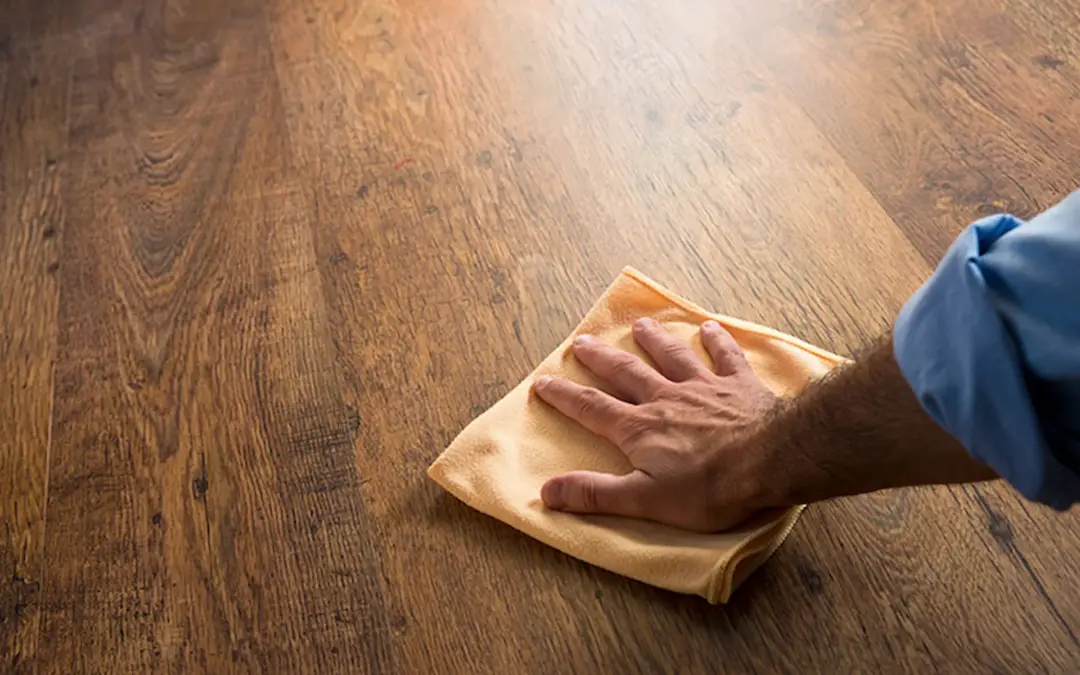Hardwood floors are known for their timeless appeal and durability, but over time, they can lose their luster and suffer from scratches, wear, and discoloration. Fortunately, hardwood floor refinishing can breathe new life into your tired floors, restoring their beauty and elegance. In this article, we will provide you with a comprehensive guide to hardwood floor refinishing, covering the process, key considerations, and expert tips to help you achieve stunning results.
- Assessing the Need for Refinishing: Before diving into the refinishing process, it’s crucial to assess whether your hardwood floors require refinishing. Look for signs such as worn-out finish, deep scratches, stains, or uneven color. Minor surface scratches or dullness may only require a touch-up rather than a full refinishing.
- Preparations: Proper preparations are vital for a successful refinishing project. Here are the essential steps:
a. Clear the Space: Remove all furniture, rugs, and other items from the room to create a clear workspace.
b. Dust Containment: Seal off the room to minimize dust spreading to other areas. Cover doorways and vents, and use plastic sheets or tarps to create a barrier.
c. Floor Cleaning: Thoroughly clean the floor by sweeping, vacuuming, and mopping to remove dirt, dust, and debris.
- Sanding: Sanding is a critical step in hardwood floor refinishing as it removes the old finish, levels the surface, and prepares it for a fresh coat. Here’s what you need to know:
a. Select the Right Grit: Start with a coarse grit sandpaper to remove the existing finish, and gradually move to finer grits for a smoother finish.
b. Sanding Technique: Use a floor drum sander or an orbital sander, moving in the direction of the wood grain. Take care to avoid applying excessive pressure and creating uneven spots.
c. Edges and Corners: Use a handheld edge sander or sandpaper to reach areas that the drum sander couldn’t reach.
d. Dust Management: Regularly clean up the sanding dust to ensure a clean surface. Consider using a vacuum with a HEPA filter for efficient dust removal.
- Staining (Optional): If you wish to change the color of your hardwood floors, staining is an optional step. Follow these guidelines:
a. Choose the Right Stain: Test different stain colors on a small inconspicuous area to determine the desired shade.
b. Apply the Stain: Use a clean cloth or applicator pad to apply the stain evenly, following the manufacturer’s instructions. Wipe off excess stain to achieve the desired color intensity.
c. Drying Time: Allow the stain to dry completely before applying the finish. Follow the recommended drying time provided by the stain manufacturer.
- Applying the Finish: The finish is the protective layer that enhances the appearance and durability of your hardwood floors. Here’s how to apply it:
a. Select the Finish Type: Choose between oil-based, water-based, or polyurethane finishes based on your preferences and needs.
b. Application Technique: Use a lambswool applicator, brush, or roller to apply the finish, working with the grain. Apply thin, even coats, allowing sufficient drying time between each coat.
c. Sanding Between Coats: Lightly sand the floor with a fine grit sandpaper or sanding screen between coats to create a smooth surface.
d. Curing Time: Allow the final coat to cure for the recommended time before moving furniture back into the room.
- Post-Refinishing Care: To ensure the longevity and beauty of your refinished hardwood floors, follow these care tips:
a. Avoid Heavy Traffic: Allow the finish to cure fully before subjecting the floor to heavy foot traffic or placing furniture on it.
b. Regular Cleaning: Use a soft-bristle broom, vacuum with a hardwood floor attachment, or a microfiber mop for routine cleaning. Avoid using water or harsh cleaners that may damage the finish.
c. Protect the Floor: Use furniture pads or felt protectors on the legs of furniture to prevent scratches. Place mats or rugs in high-traffic areas and near entryways to trap dirt and moisture.
d. Periodic Maintenance: Depending on usage, periodic maintenance may involve applying a new coat of finish or using a maintenance product recommended by the flooring manufacturer.
Conclusion: Hardwood floor refinishing is a transformative process that can rejuvenate the beauty of your floors. By following the steps outlined in this guide and seeking professional assistance when needed, you can revitalize your hardwood floors and enjoy their timeless elegance for years to come. Remember to assess the need for refinishing, prepare the space properly, execute sanding and staining with care, apply the finish diligently, and maintain the floors regularly for lasting results.

